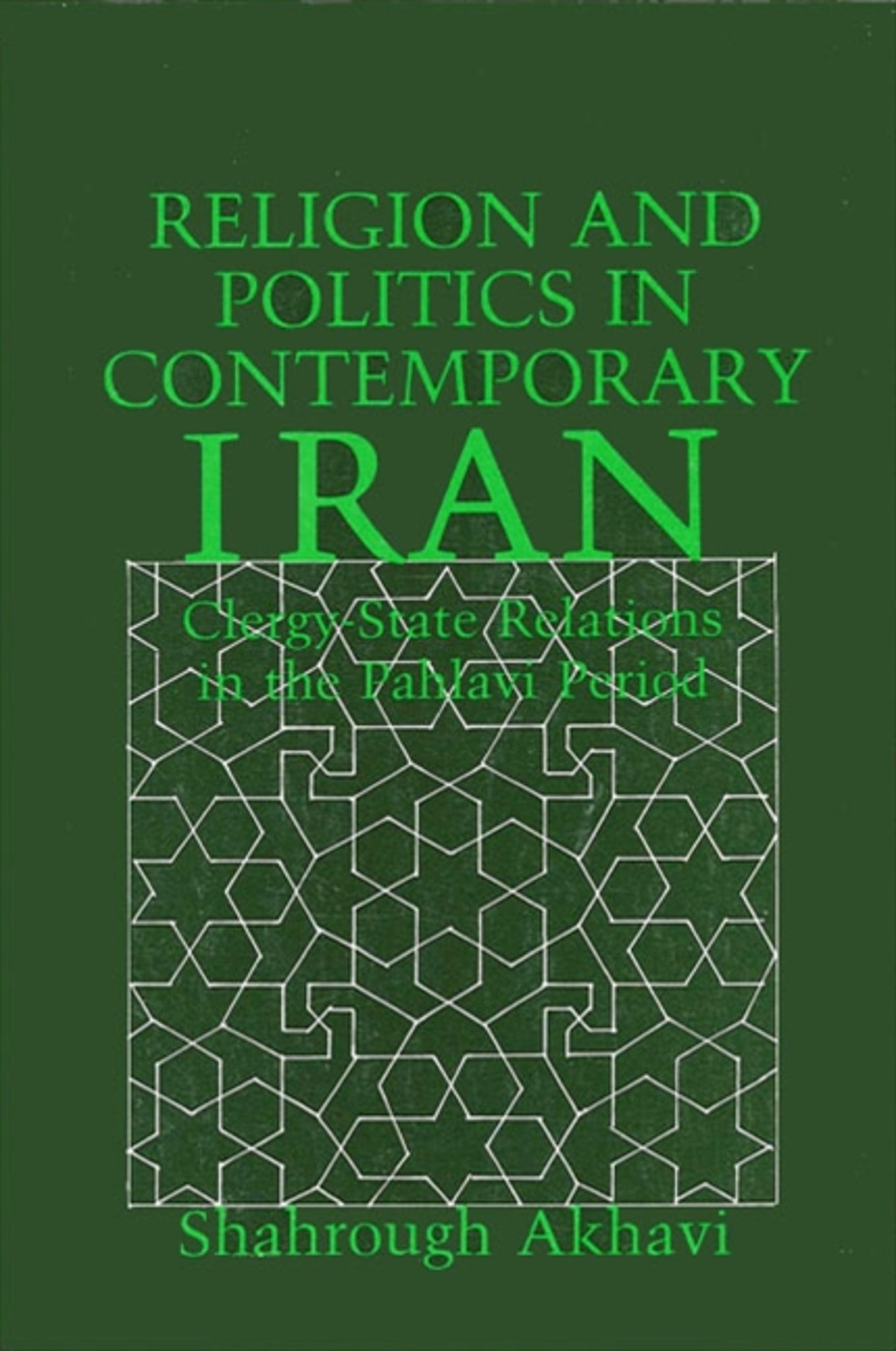We're sorry. An error has occurred
Please cancel or retry.
Religion and Politics in Contemporary Iran

Some error occured while loading the Quick View. Please close the Quick View and try reloading the page.
Couldn't load pickup availability
- Format:
-
30 June 1980

Indispensable for understanding the recent conflicts in Iran, Religion and Politics in Contemporary Iran provides a political history of the fluctuating relationships between the Islamic clergy and Iranian government since 1925. How different factions of the clergy, or ulama first lost and then regained a powerful position in Iran is the subject of this book.
Akhavi analyzes how various factions within the clergy have responded to the government's efforts to encourage modernization and secularization, giving particular attention to the changes in the madrasahs, or theological colleges. He examines the main themes of the AyatullaH Khymayni's book, Islamic Government, and concludes by examining the alignments among the clergy in the past that indicate how they may develop in the future.


Acknowledgments
Glossary
A Note on Transliteration
Preface
Chapter One: Introduction
Chapter Two: Clergy-State Relations Before 1941
Chapter Three: Revival of 'Ulama'Influence and Clergy-State Alignment, 1941 - 1958
Chapter Four: `Ulama'-State Confrontation and Defeat of the Clergy, 1959-1963
Chapter Five: The Two Clergy Reform Movements and State Bureaucratization of Power in the Sixties And Seventies
Chapter Six: The `Ulama', Islamic Government and The Collapse of the Bureaucratic State
Chapter Seven: Conclusions 18
Appendixes
Notes
Index



